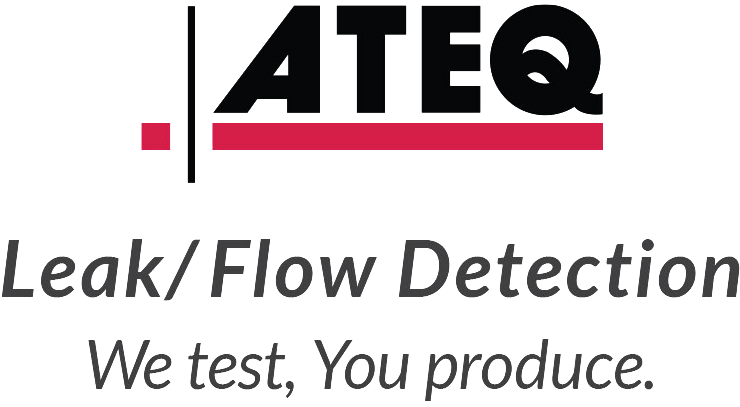LEAK TESTING 101
LEAK TESTING METHODS
DIFFERENTIAL PRESSURE DECAY
What is leak testing?
Leak testing is a form of non-destructive quality control testing that tests manufactured parts to make sure fluids can’t leak into or out of the part. There are several different types of leak testing technologies. Read this article comparing popular methods: Air Decay, Differential Air Decay and Differential Mass Flow. Learn how having instruments with one pressure sensor compares with instruments with 2 pressure sensors.
When is leak testing used?
When people think of leak testing, they may think of a leaky water bottle or a gas tank, but there are many less obvious applications from all different types of industries that require leak testing.
Medical applications like syringes or appliance water circuits in washing machines or coffee makers also need to be leak tested to make sure water does not leak out of the product when it isn’t supposed to.
You may have a phone that claims to be waterproof. This claim means there are strict leak testing requirements that need to be met to ensure that the product will not let any liquids or dust into the phone.
What is leak testing and where is it used?
Leak testing can be used throughout the manufacturing process. It can be used in the product development lab to bench test prototypes. Leak testers can also be incorporated into machines in the factory production line to automatically test parts.
Why is leak testing necessary?
There are some products that may just be an inconvenience if they leak, like air getting into a bag of chips making them stale, but there are other applications where highly accurate leak testing can be the difference between life or death. Imagine if you had a pacemaker inside your chest sending electrical pulses to prompt your heart to beat at a normal rate. Now imagine if that pacemaker had a microscopic hole that allowed liquid to seep into it. The liquid could short circuit the pacemaker causing it to stop working or send irregular dangerous shocks into your heart.
Who decides if leak testing is necessary for their application?
Leak testing requirements are usually determined by manufacturing engineers. Once they determine that a product they will be manufacturing will need leak testing, those engineers work with ATEQ’s sales engineers to develop leak testing specifications to determine what type of leak testing will be best for the application and what the leak rate reject limit will be.
How is a leak test performed?
What is leak testing and how is it executed? There are several different leak testing methods. One of the most primitive and easy methods to conceptualize is a bubble test. This involves submerging a part underwater and seeing if any bubbles emerge from the product.
There are several problems with this method. It is very time consuming and messy for the operator. It also does not give any precise measurements of exactly how much an application is leaking.
ATEQ’s primary method of testing is pressure decay air leak testing. This means that the instrument injects the part with compressed air, measures the pressure, waits, then measures the pressure again to see how much the pressure dropped. If the measured leak rate is less than the designated reject limit, the part passes the test.
Pressure Decay
Differential Pressure Decay
Mass Flow
Laminar Flow
Continuous Flow
Tracer Gas
Electrical
Automotive
Medical
Consumer Electronics
Packaging
Appliance
Industrial
Aerospace
Engines, Transmissions, Exhaust Systems, Radiators, Sensors, Pumps, Diecastings and Calibrators
Catheters, Fluid Delivery Systems, Medical Bags, Syringes, Gloves, Viles, Blisters, Condoms, and Valves
Smartphones, Smartwatches, Speakers, Drones, Hard Drives, Cameras, Tablets
Bottle caps, Cosmetics, Aerosol pumps, Deodorant Stick, Spray Can, Plastic Bags and Plastic Bottles
Appliance Gas Heaters, AC Systems, Radiators, Faucets, Water Circuits, Pipes and Compressors
Valves, Floats, Connectors, Sprints, Jacks, Regulators, Solenoids, Switches and Cylinders
Hydraulic Systems, Landing Gear, Fuel Components, and Frame Subassemblies
- Local engineers and technicians located throughout the United States and the world
- 5,000+ customers including large multinational companies such as Toyota, GM, Baxter, Sony, and HP
- More than 100,000 Leak and Flow Test instruments sold in over 37 countries (more than any of Leak Testing Manufacturer)
Contact ATEQ USA for sales information, general questions, press release information and marketing inquiries.


